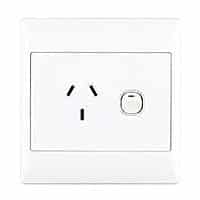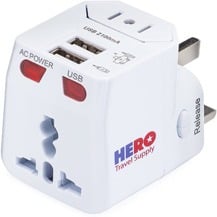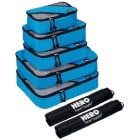The supply voltage in Fiji is 240V with a frequency of 50 Hz. For most of your personal electronics, including mobile phones, laptops, tablets, and cameras – you will not need a converter because they are almost always dual voltage (typically 100-240V). However, you’ll need a voltage converter if you want to use devices that are not dual-voltage and can only be safely used at 120V (Standard U.S. voltage).
In the U.S., devices in this range normally include irons, hair dryers, and curlers. Plugging these devices into an unsuitable outlet without a converter will most likely destroy them and could potentially shock you or start a fire. If you aren’t sure whether a particular device needs a converter, check the tiny print on the plug.
Ultimately, most devices are dual-voltage and should work fine, (they will have a button to switch between 110/120V and 220/240V). You can also order travel-sized versions of these devices that are rated at 220/240V or purchase a converter as needed.
Pro tip: Check the label – If your electronic device states ‘INPUT: 100-240V, 50/60 Hz,’ that means it is dual voltage and will be functional in any country worldwide. You will notice this code on common electronics like laptops, cell phone chargers, and universal adapters.













